This article was co-authored by Lydia Shedlofsky, DO. Dr. Lydia Shedlofsky is a Resident Dermatologist who joined Affiliated Dermatology in July of 2019 after completing a traditional rotating internship at Larkin Community Hospital in Miami, Florida. She earned a Bachelor of Science in Biology at Guilford College in Greensboro, North Carolina. After graduation, she moved to Beira, Mozambique, and worked as a research assistant and intern at a free clinic. She completed a Post-Baccalaureate program and subsequently earned a Master's Degree in Medical Education and a Doctorate of Osteopathic Medicine (DO) from the Lake Erie College of Osteopathic Medicine.
There are 12 references cited in this article, which can be found at the bottom of the page.
This article has been viewed 191,850 times.
Cysts on the surface of your skin can be irritating and painful. While it may be tempting to pop or puncture these cysts to drain them, that can lead to infections and scarring. If you have a cyst that is bothering you, then the best thing to do is to see a doctor for treatment. There are also some things that you can try at home to encourage a cyst to drain on its own and to care for a cyst as it heals.
Steps
Getting a Cyst Drained
-
1Anesthetize the area. Getting a cyst drained requires local or general anesthesia, depending on the severity of the cyst. Before draining your cyst, your doctor will administer a local or general anesthesia to prevent you from feeling any pain from the procedure. For a small skin cyst, only a local anesthesia may be necessary, and these procedures can often be performed in the doctor's office. If the cyst is deep or large, then general anesthesia may be necessary. This may require a hospital visit, but is usually a day surgery.[1] [2]
-
2Make the incision. After the area has been anesthetized, your doctor will make an incision in the cyst using a sterile surgical knife. The incision will allow your doctor to drain the contents of the cyst and remove the cyst wall if necessary. Removing the cyst wall may help prevent the cyst from returning.[3]Advertisement
-
3Place a drainage tube if necessary. In some cases, it may be necessary to place a drainage tube in order to allow a cyst to continue to drain for a few days. Your doctor will secure the tube using stitches and the opening will be less than a ¼ inch (6 mm) in diameter. This process is called “marsupialization.”[4]
-
4Suture the area if necessary. After the cyst has been fully drained and the cyst wall has been removed, your doctor will suture the area where the incision was made. You may need to wear a bandage over this area as well. Make sure that you follow your doctor's instructions for caring for the surgical wound. Call your doctor if you notice any signs of infection including:[5]
- Redness, particularly red streaks emanating from the wound site
- Warmth
- Swelling
- Pus
- Intense throbbing at the wound site
- Fever of 100.4 °F (38°C) or more[6]
-
5Take antibiotics as instructed. Your doctor may prescribe an antibiotic as part of the follow-up treatment for an infected cyst or if your cyst was related to a sexually transmitted infection.[7] If your doctor prescribes an antibiotic, then it is important to use it exactly as directed. Make sure that you take the full prescription or you may be at a higher risk of infection, re-infection, or complications later on.[8]
Using Natural Remedies
-
1Take a Sitz bath for Bartholin cysts. Soaking in a warm Sitz bath may help drain Bartholin cysts. To prepare a Sitz bath, fill your bathtub with a few inches of warm water. Then soak in the tub for about 15 minutes. Repeat this process several times each day for a three or four days to make it easier for your cysts to burst and drain.[9]
- Adding a bit of Epsom salts to the water, along with lavender essential oil, can help to heal the cyst faster and provide relief. You can alternate this with adding a half cup of apple cider vinegar to the bath for added relief.
-
2Apply tea tree oil to the cyst. Tea tree oil has been found useful for many different skin conditions, so it might help with a sebaceous cyst as well.[10] Mix three drops of tea tree essential oil with seven drops of castor oil. Then, use a cotton ball or Q-tip to apply this mixture directly to your cyst four times per day.
-
3Use aloe vera gel. Aloe vera gel seems to have antibacterial properties and some studies have shown that it promotes wound healing as well.[11] You can apply aloe vera gel directly to your cyst to encourage a cyst to drain and heal. Let the aloe vera gel dry and then rinse the area with warm water. Repeat this process a few times per day.
-
4Dab some witch hazel onto the cyst. Witch hazel is often used to bring down swelling and it also has astringent qualities, so applying witch hazel to a cyst may help to dry it out.[12] Soak a cotton ball or a Q-tip with some witch hazel and dab it onto your cyst. Repeat this process a few time throughout the day.
-
5Soak the area in apple cider vinegar. Apple cider vinegar is often used to help with skin conditions such as acne, so it may also help to dry out a cyst and promote drainage.[13] You can apply apple cider vinegar directly to the cyst with a cotton ball or Q-tip. Repeat the application a few times per day.
- If the vinegar stings or irritates your skin, you can use a mixture of half apple cider vinegar and half water.
-
6Place a chamomile teabag on the cyst. Chamomile is often used to help treat skin conditions, so it may help to reduce inflammation and promote healing of your cyst.[14] Try placing a warm chamomile teabag on your cyst for about five minutes. Repeat this process a few times per day. Drinking the tea may help to clear your lymphatic system and improve healing time.
Caring for a Cyst
-
1Apply a warm compress. Using a warm compress is one of the easiest ways to ease pain from a cyst and encourage it to drain as well.[15] Get a clean washcloth and hold it under warm to hot running water. Then, wring out the excess water and apply the washcloth to your cyst. Hold it there for about five minutes or until the washcloth becomes cool. You can repeat this process several times per day.
-
2Keep the area clean. Use a mild soap to wash around the area of your cyst and allow the water and soap to run over the cyst.[16] Try not to apply too much pressure to the cyst itself or you may irritate it or cause it to burst and this can lead to infection.
-
3Place a bandage over the cyst if it starts to drain. If your cyst bursts or starts to drain fluid, place a clean, loose fitting cotton bandage over the cyst to catch the fluid. Change the bandage often and keep the area clean.[17]
-
4Leave it alone. Do not try to squeeze, pop, or puncture a cyst or it may become infected.[18] This might be hard to do, especially if the cyst is bothering you, but popping or puncturing a cyst will make it worse and you may have scars as a result.
Warnings
- Do not attempt to drain and remove a cyst on your own. This can lead to serious problems, such as infection and scarring. Many larger cysts will recur, even with drainage, if the cyst wall is left intact — this is something only your doctor can remove. See your doctor for help.⧼thumbs_response⧽
References
- ↑ http://www.webmd.com/skin-problems-and-treatments/guide/epidermoid-sebaceous-cysts
- ↑ http://www.mayoclinic.org/diseases-conditions/bartholin-cyst/basics/treatment/con-20026333
- ↑ http://www.mayoclinic.org/diseases-conditions/sebaceous-cysts/basics/treatment/con-20031599
- ↑ http://www.mayoclinic.org/diseases-conditions/bartholin-cyst/basics/treatment/con-20026333
- ↑ https://www.mayoclinic.org/diseases-conditions/sebaceous-cysts/symptoms-causes/syc-20352701
- ↑ http://www.uofmmedicalcenter.org/healthlibrary/Article/116518EN
- ↑ http://www.mayoclinic.org/diseases-conditions/bartholin-cyst/basics/treatment/con-20026333
- ↑ http://www.webmd.com/a-to-z-guides/using-antibiotics-wisely-topic-overview?page=2
- ↑ http://www.mayoclinic.org/diseases-conditions/bartholin-cyst/basics/treatment/con-20026333
- ↑ http://www.webmd.com/vitamins-supplements/ingredientmono-113-tea%20tree%20oil.aspx?activeingredientid=113&activeingredientname=tea%20tree%20oil
- ↑ http://www.webmd.com/vitamins-supplements/ingredientmono-607-aloe.aspx?activeingredientid=607&activeingredientname=aloe
- ↑ http://www.webmd.com/vitamins-supplements/ingredientmono-227-witch%20hazel.aspx?activeingredientid=227&activeingredientname=witch%20hazel
- ↑ http://www.webmd.com/vitamins-supplements/ingredientmono-816-apple%20cider%20vinegar.aspx?activeingredientid=816&activeingredientname=apple%20cider%20vinegar
- ↑ http://www.webmd.com/sleep-disorders/guide/chamomile-topic-overview
- ↑ http://www.webmd.com/first-aid/tc/skin-cyst-home-treatment-topic-overview
- ↑ http://www.webmd.com/first-aid/tc/skin-cyst-home-treatment-topic-overview
- ↑ http://www.webmd.com/first-aid/tc/skin-cyst-home-treatment-topic-overview
- ↑ http://www.webmd.com/first-aid/tc/skin-cyst-home-treatment-topic-overview
About This Article
To drain your cyst, start by mixing of 3 drops of tea tree oil with 7 drops of castor oil. Then, apply the mixture to your cyst with a cotton swab and repeat the process 4 times a day. Alternatively, rub aloe vera gel on the area a few times a day, let it dry, and wash it off. You can also put a warm chamomile teabag on the cyst for five minutes several times a day. If your cyst hasn't responded to home treatments, you may want to visit your doctor to have it drained surgically. For tips on how to care for a cyst and recover after surgery, keep reading!

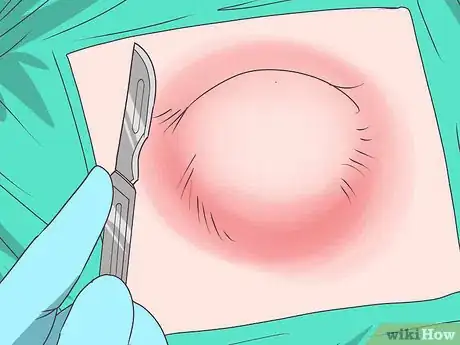
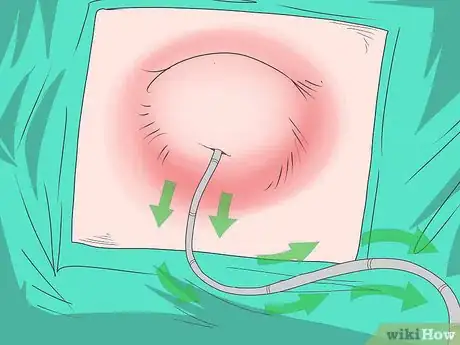
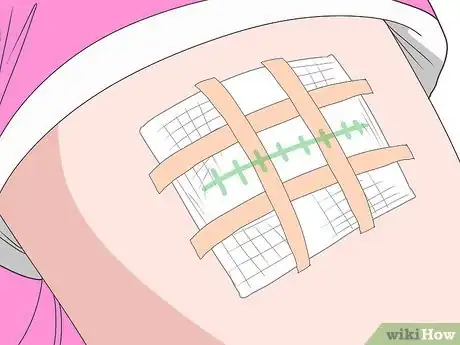
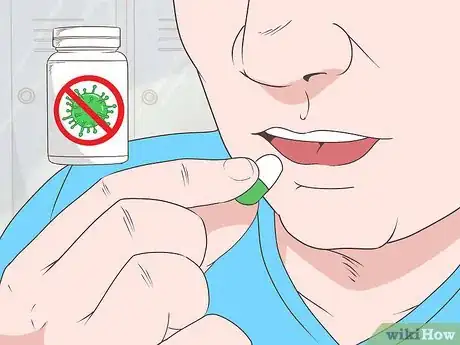

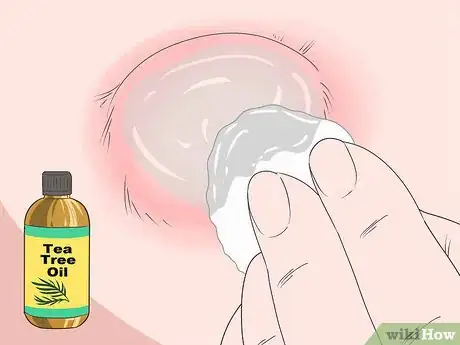

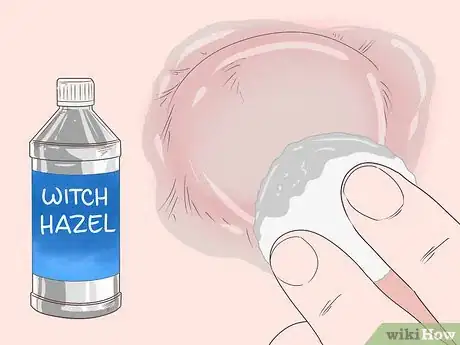
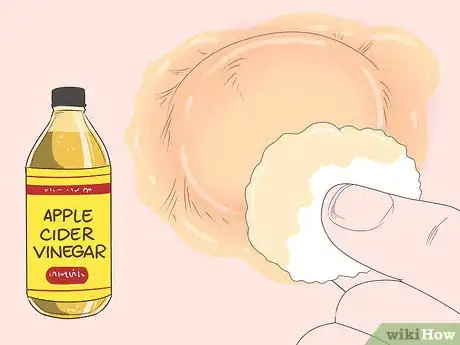

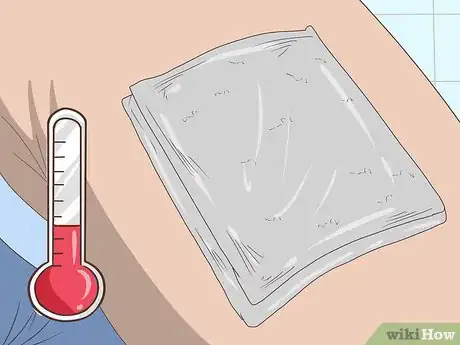
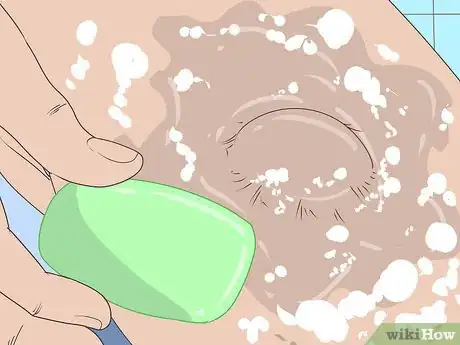
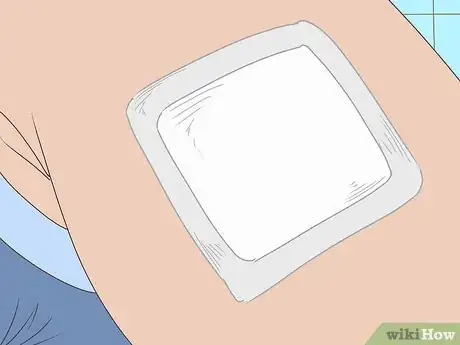
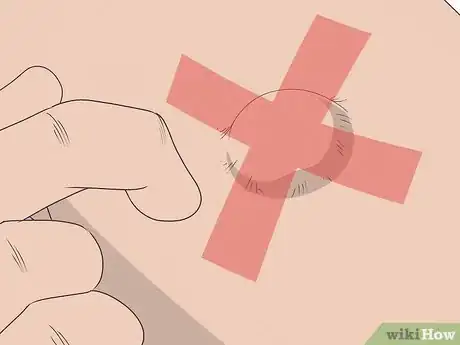


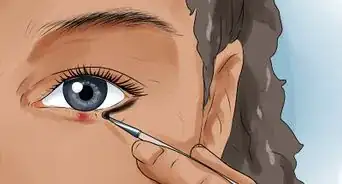
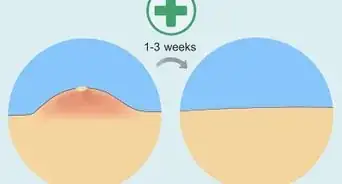

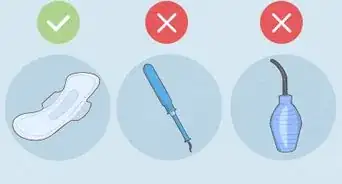

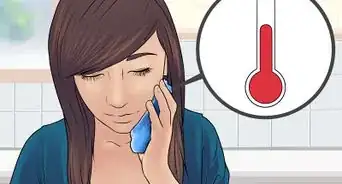

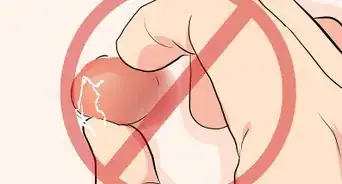
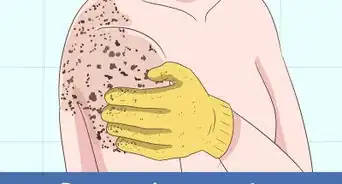


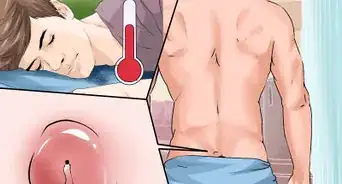








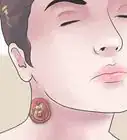
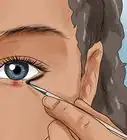
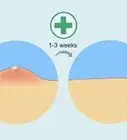



































Medical Disclaimer
The content of this article is not intended to be a substitute for professional medical advice, examination, diagnosis, or treatment. You should always contact your doctor or other qualified healthcare professional before starting, changing, or stopping any kind of health treatment.
Read More...